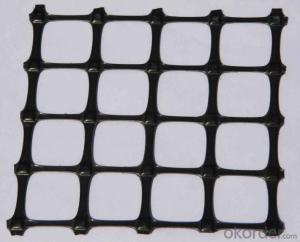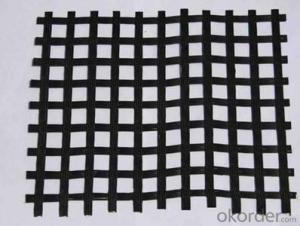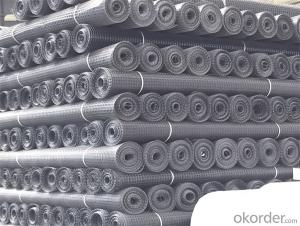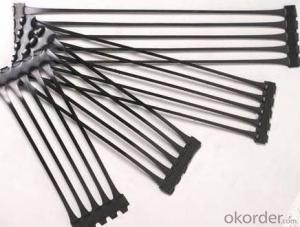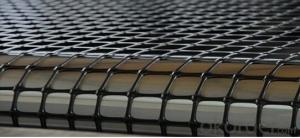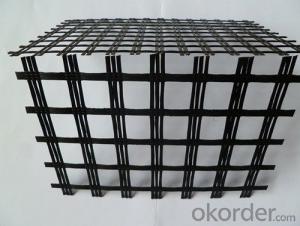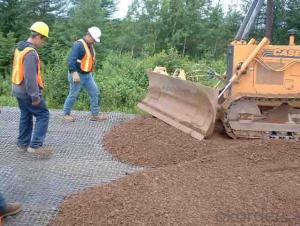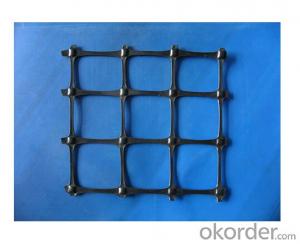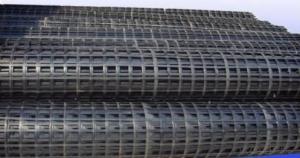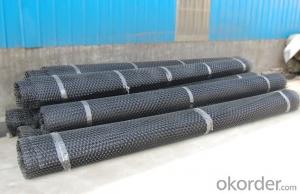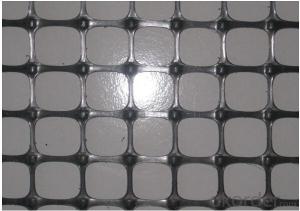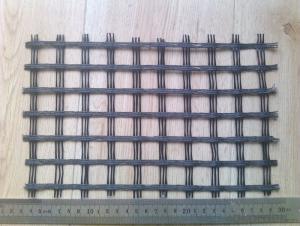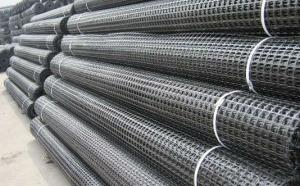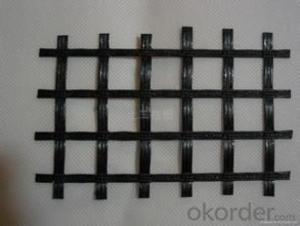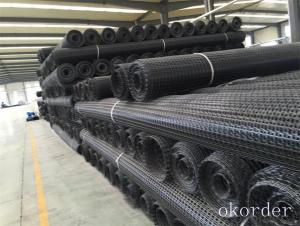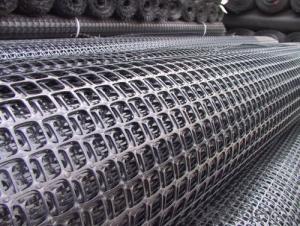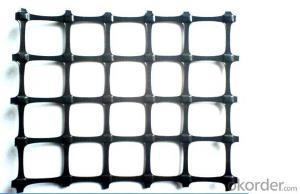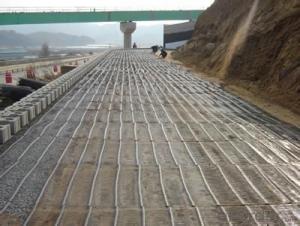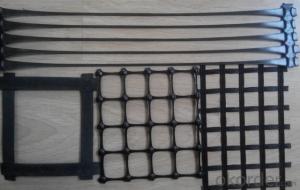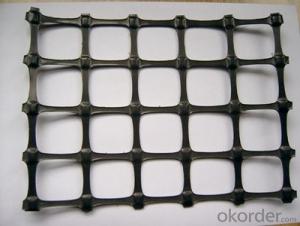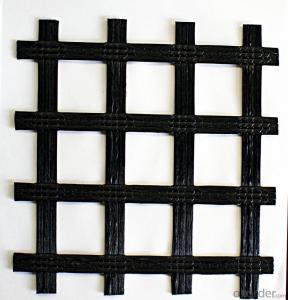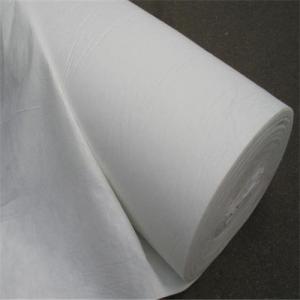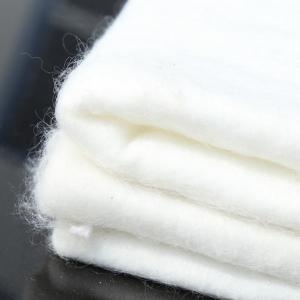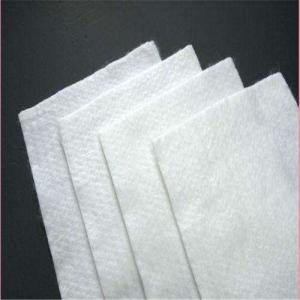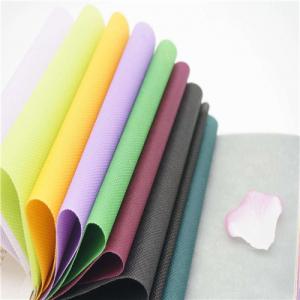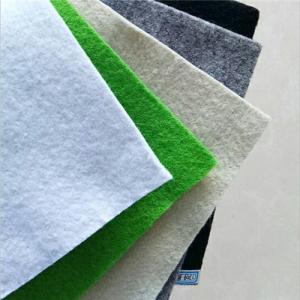Pp Biaxial Geogrid
Pp Biaxial Geogrid Related Searches
Geogrid With Geotextile 1708 Biaxial Fiberglass Tape Pullout Resistance Of Geogrid Geogrid Machine Biaxial Plastic Geogrid Mse Wall Geogrid Geogrid Under Concrete Geogrid Material Specification Geogrid Reinforcing Fabric Geogrid Cost Per Square YardHot Searches
Geogrid China Geogrid Mesh Price Geogrid Fabric Price Geogrid Roll Price Geogrid Price List Tensar Triax 160 Geogrid Price Tensar Ss40 Geogrid Price Tensar Tx160 Geogrid Price Triax Geogrid Price Geogrid Price Tx160 Geogrid Price Geogrid Fabric Home Depot Tensar Type 2 Geogrid Type 2 Geogrid Home Depot Geogrid Geogrid Home Depot Geogrid Material Suppliers Geogrid Fabric Near Me Geogrid China Geogrid Mesh PricePp Biaxial Geogrid Supplier & Manufacturer from China
Okorder.com is a professional Pp Biaxial Geogrid supplier & manufacturer, offers integrated one-stop services including real-time quoting and online cargo tracking. We are funded by CNBM Group, a Fortune 500 enterprise and the largest Pp Biaxial Geogrid firm in China.Hot Products
FAQ
- Geotextiles help with soil reinforcement in embankments by providing a strong and stable foundation. They act as a barrier, preventing the soil particles from shifting or eroding, thereby improving the overall stability and strength of the embankment. Additionally, geotextiles distribute the load evenly across the soil, reducing the risk of settlement and increasing the embankment's resistance to external forces like water flow or seismic activity.
- Geotextiles are tested for permeability using various standardized methods such as the constant head method, falling head method, and the flexible wall permeameter. These tests involve measuring the flow of water through the geotextile under controlled conditions to determine its permeability characteristics.
- Yes, geotextiles are suitable for use in waste containment systems. They are commonly used as liners or covers in landfills and other waste management facilities to prevent the migration of contaminants and control leachate. Geotextiles provide filtration, separation, and reinforcement properties that enhance the overall performance and longevity of waste containment systems.
- Will you master knitting reinforced geotextile H and reinforced geotextile What is the difference? In addition, how to distinguish between spunbond and weaving in reinforced geotextiles? More
- Texture and material ratio is different ah.
- Yes, geotextiles have several environmental benefits. They help to control erosion by stabilizing soil and preventing sediment runoff, which protects water quality and aquatic ecosystems. Geotextiles also promote vegetation growth by providing a stable base for plant roots to establish, aiding in the restoration of degraded areas. Additionally, they can be used in waste management to prevent the leaching of harmful substances into the soil and groundwater. Overall, geotextiles play a crucial role in sustainable land management and have positive environmental impacts.
- Fish pond geotextile use method
- Not geotextile to use impermeable geotextile is a filtering effect
- What is the difference in role of earth anchors and geotextiles in the construction of retaining wall?
- Geotextiles prevent the infiltration of the natural, insitu soil into sand or structural gravel that you may place as a foundation to the retaining wall. You can think of it as a membrane that keeps the two types of material of different densities, from gradually mixing together. A free standing retaining wall will likely not be successful as the pressure of the retained soil behind the wall will build up due to settlement, and eventually cause the wall to topple. Earth anchors that tie into the wall and extend into the backfill material (retained earth) serves to support the wall and keep it from failing.
- Yes, geotextiles can be used in shoreline stabilization projects. Geotextiles are commonly employed as erosion control measures in shoreline stabilization projects due to their ability to prevent soil erosion, enhance drainage, and provide structural support to the shoreline. They are often used to reinforce slopes, stabilize shorelines, and mitigate the effects of wave action, making them a valuable tool in coastal engineering.





